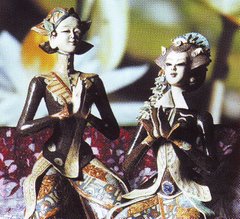From my office:
My other hearing impairment case:
A young man , 29 years old, suffered from hearing impairment
Low level laser administered for 10 times, used:
ILIB (Intravascular Laser Irradiation on Blood) and
Ear probe –pulses
Length of time : 60 minutes
Results:
Using audiometry
Tinitus decrease, cephalgia : no more
Discussion :
This young man had no balance problem. he could came by himself to my clinic, so the program : every day for 10 times.
LLLT works for hearing problem, although with tinnitus.
Is everyday and once a week have the same result?
I need more experiences, and I will share with you.
But the key : high dose
This young man had no balance problem. he could came by himself to my clinic, so the program : every day for 10 times.
LLLT works for hearing problem, although with tinnitus.
Is everyday and once a week have the same result?
I need more experiences, and I will share with you.
But the key : high dose
Inner ear diseases & the inner ear
(Dr.med. Lutz Wilden)The antennae pigments are capable of absorbing this light energy le and transmit it to our cellular power plant, which can now produce the cellular fuel ATP. The natural solar radiation also stimulates the antennae pigments of the mitochondrion to produce ATP.






